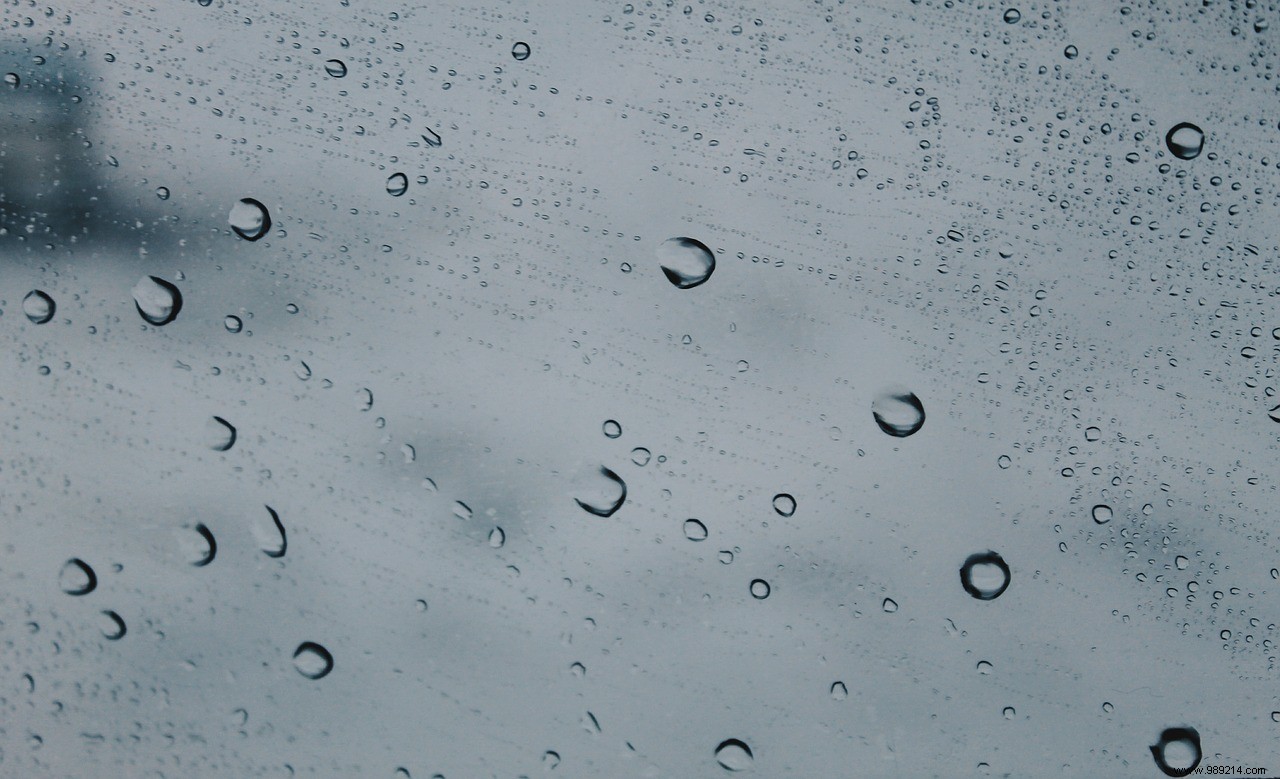Accused of facilitating the spread of the coronavirus outdoors, humidity also does damage indoors, especially during the cold season. Leading to the appearance of mold, it promotes the development of respiratory diseases, eye and nasal irritations, headaches or even fatigue – especially in children and the elderly. Fortunately, there are effective solutions to combat it.
Very common in winter, signs of humidity are generally easy to identify . Some of the most common include:
If in doubt, you can use a hygrometer to assess the humidity level in your home. According to European recommendations, the ideal humidity level is between 30 and 70% .
Indoor humidity can have several causes. To act effectively, it is therefore better to identify them! Leaks and infiltrations are among the most common sources of moisture. They can concern the pipes as well as the walls or the roof of the house. If there is a leak, it must be repaired.
In case of infiltration and if the facade is affected, it can be protected from the rain with a water-repellent treatment . Another cause of humidity:capillary rise. In this case, it is difficult to escape the work, which will make it possible to isolate the foundations from the water.
However, in many accommodations, the problem remains minor. You can thenuse local solutions to absorb ambient humidity, improve ventilation, waterproof the most exposed walls or treat traces of mould.

Some daily gestures maintain moisture. To take advantage of drier air, change your habits can therefore be very useful. Mold is most common in bathrooms. To avoid blackened joints and bad smells, it is advisable to limit the duration of showers and baths and avoid using too hot water.
As for ventilation, it is essential, even in winter:in the absence of a window, you must check the quality of your VMC . In the kitchen too, we will make sure to let the water drain as much as possible. For example, it is recommended to cover pots and systematically use the extractor hood when boiling water.
In order not to promote humidity with air that is too cold, care should also be taken to heat the entire dwelling sufficiently . The right temperature:19°C. Finally, beware of laundry that dries:if you don't have a well-ventilated room to hang it out, turning to a clothes dryer can be a good option.
Of varying importance, humidity in homes requires appropriate measures . From rigorous ventilation to heavy work, it is up to everyone to adopt the best solution for breathing healthy air.